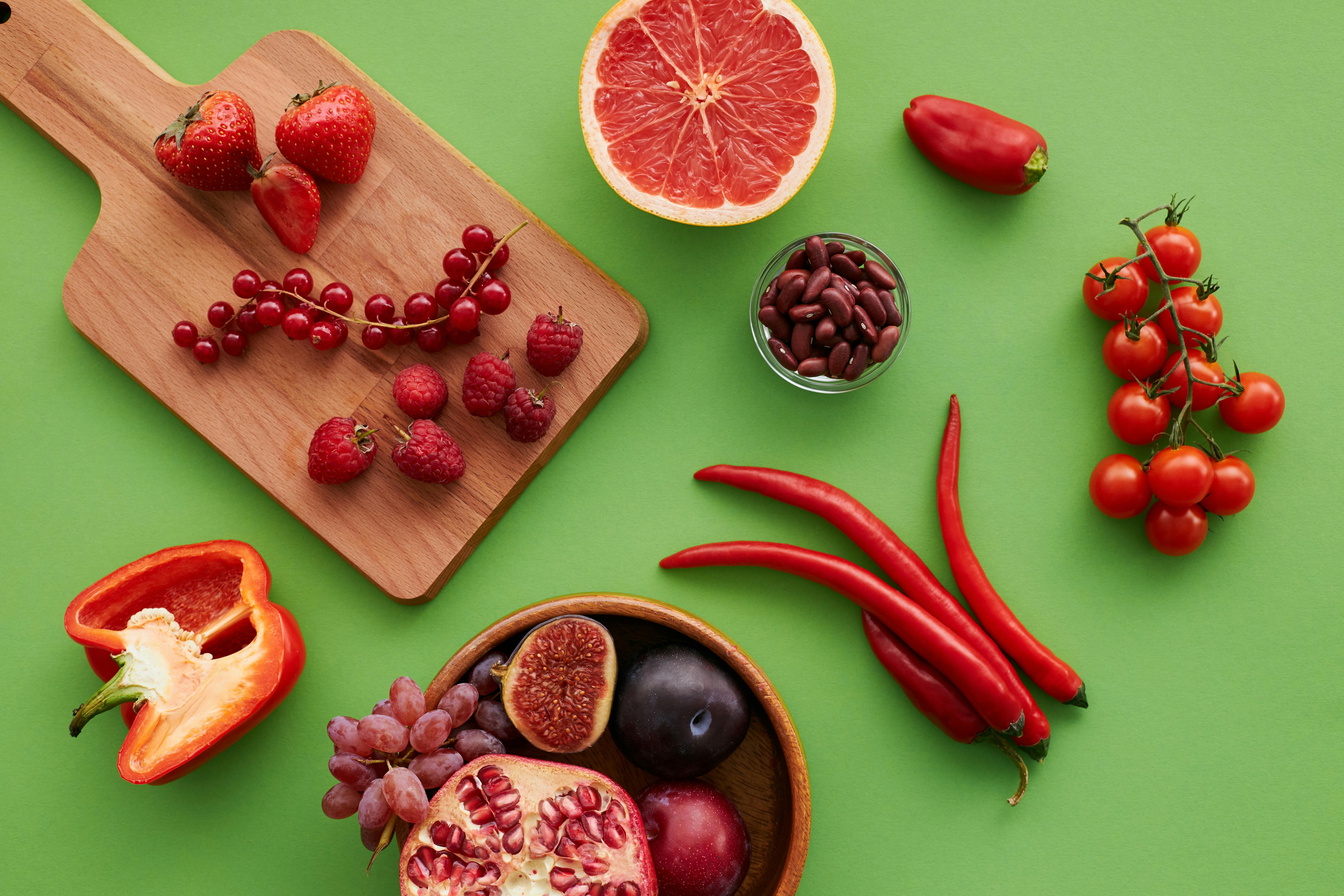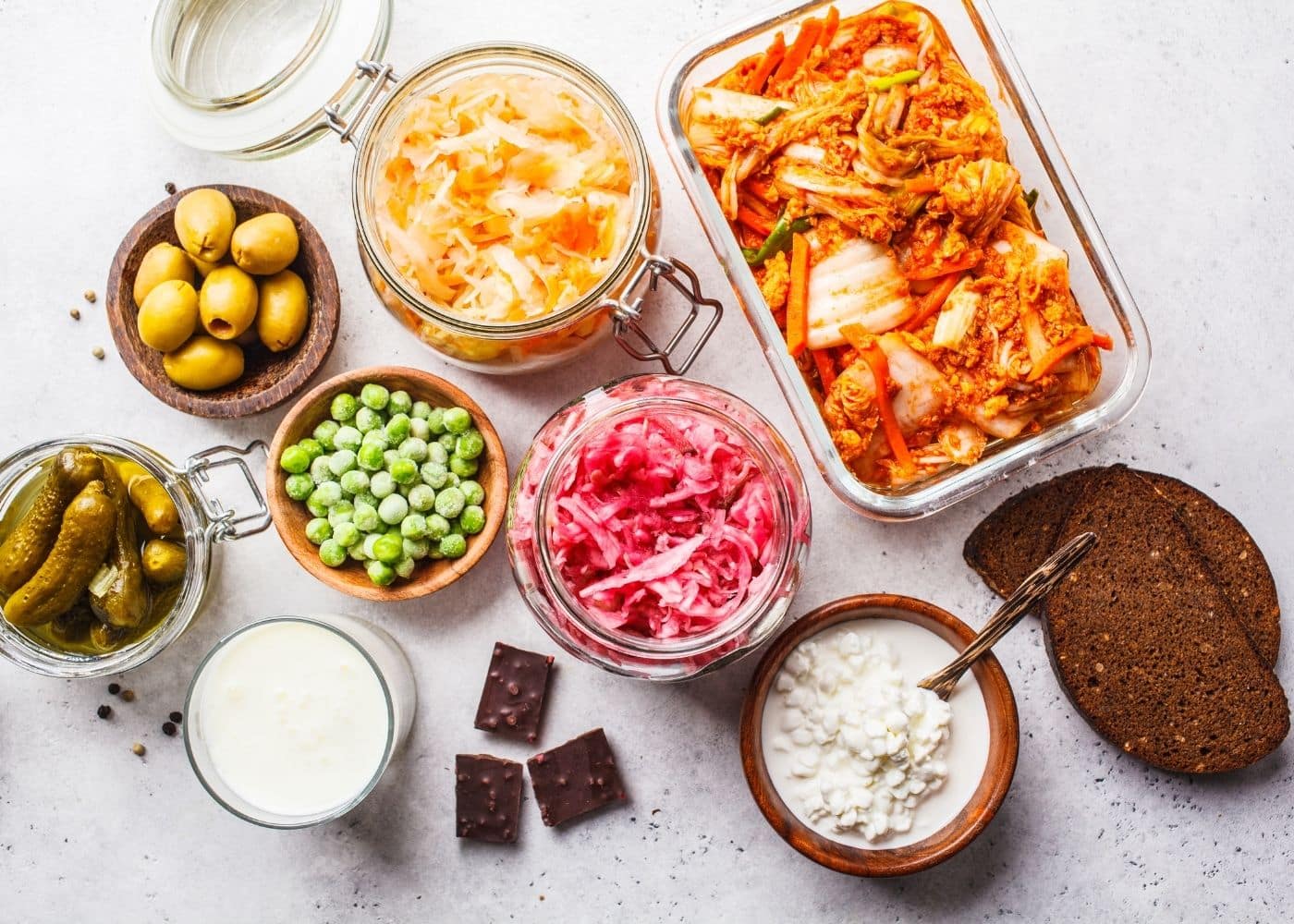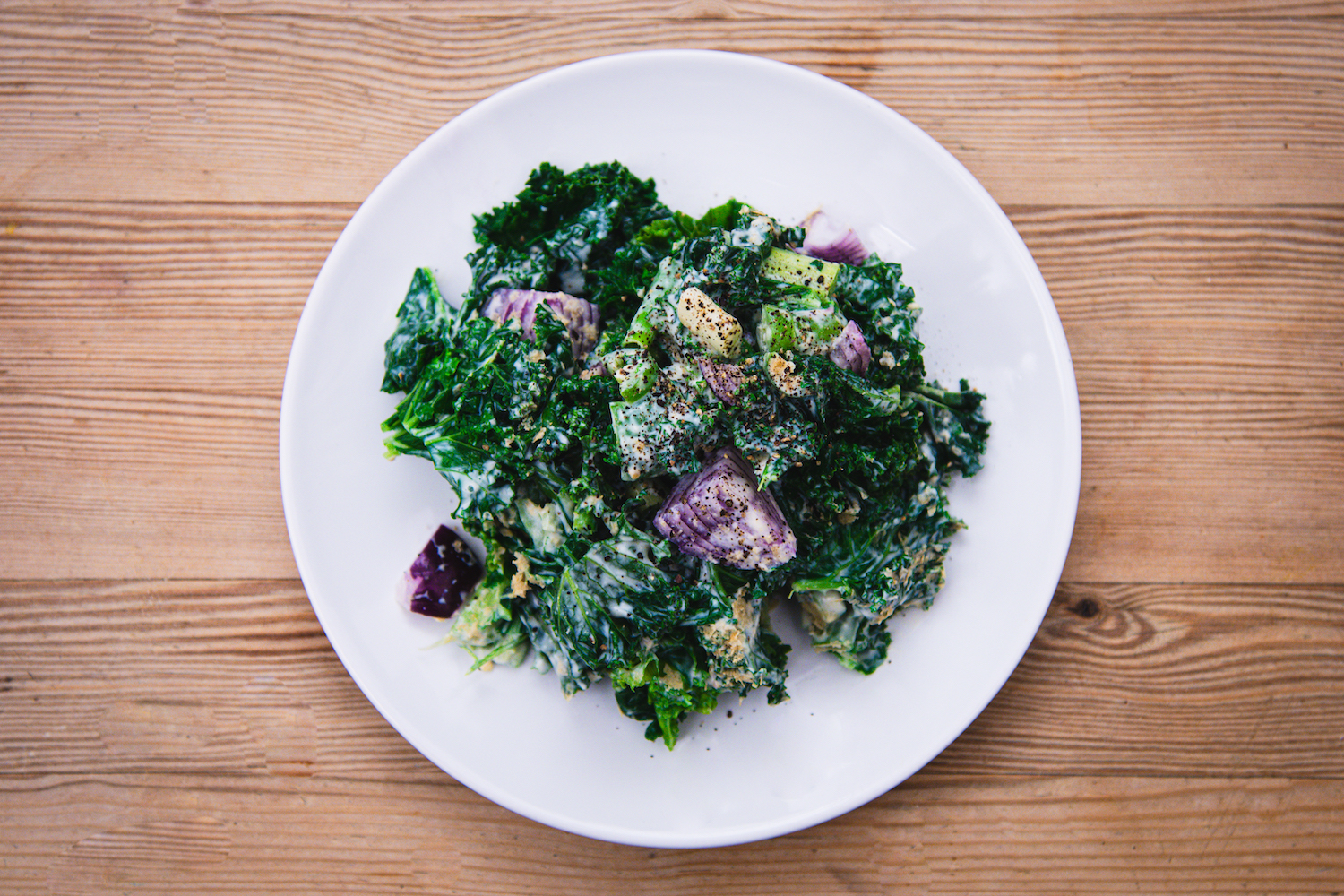Fiber-rich foods not only reduce the risk of a range of diseases, including Irritable Bowel Disease, diabetes and heart disease, they also appear to enhance longevity.
Dietary fiber is widely recognized as an important part of a healthy diet. It is the edible parts of plants, or similar carbohydrates, that are resistant to digestion and absorption by the small intestine. By passing to the colon, the dietary fiber becomes available to the microbial community.
In order to digest our food, we need to bathe it in enzymes that break its molecules down. These pieces then pass through our gut wall, becoming absorbed in our intestines. Still, our bodies only make a limited range of these all-important enzymes. That means that we can’t break down much of the tough matter in plants. These indigestible molecules are what is known as “dietary fiber.” There are two fiber types: soluble (dissolve in water) and insoluble (those that don’t.)
Both soluble and insoluble fiber reduce the risk of colon cancer.
Insoluble fiber
- Remains largely unchanged in the bowel
- Adds stool bulk
- Optimizes motility
- Prevents constipation and diarrhea
- Reduces risk of colon cancer
- Helps maintain appropriate pH in the intestine (initially more acidic, further down the bowel more alkaline).
- Major sources include fruits and vegetables as well as wholewheat products.
Soluble fiber
- Dissolves in water to form a gel important for stool bulk
- Absorbs nutrients from the diet
- Helps lower cholesterol, thus also risks of heart disease and stroke
- Reduces risk of colon cancer
- Helps maintain normal blood sugar by slowing down the rate at which the stomach empties, allowing easier metabolism of absorbed glucose and fructose.
- Supports weight loss and weight maintenance: by requiring longer chewing times, high fiber foods increase satiety and lower calorie intake.
- Major sources include oat and oat bran, nuts, barley, flaxseed, carrots, and psyllium.
What does fiber give you?
Fiber contains the components of plants that cannot be digested or absorbed. As it’s not digested, it passes through the bowel largely unchanged and contributes to stool bulk, which is essential for a normally functioning bowel. Fiber supports the health of your digestive system, reducing constipation and ensuring waste moves through your digestive tract more rapidly.
Your gut microbes are hungry for fiber.
Your gut is coated with a layer of mucus, on which sits a carpet of hundreds of species of bacteria – all part of the human microbiome. Some of these microbes carry the enzymes needed to break down various kinds of dietary fiber. The ability of these bacteria to survive on fiber we can’t digest ourselves has led many experts to speculate that these microbes are actually behind what makes fruits and vegetables so good for us.
You may think fiber directly delivers its benefits to your body. Actually, researchers have found that the fiber we eat feeds the billions of bacteria in our guts. Making sure they’re happy means our intestines and immune systems work well too.
You may think fiber directly delivers its benefits to your body. Actually, researchers have found that the fiber we eat feeds the billions of bacteria in our guts. Making sure they’re happy means our intestines and immune systems work well too. Indirectly, fiber gives us another source of food. Once bacteria have harvested the energy in dietary fiber, they cast off the waste in the form of short-chain fatty acids, which our gut cells use as fuel.
Your gut microbes are also sending chemical messages that our intestinal cells rely on to work properly. These cells use the signals to multiply, make healthy supplies of mucus, and even release molecules that kill bad bacteria. By generating these responses, gut bacteria help maintain a peaceful coexistence with the immune system. They rest atop the gut’s mucus layer at a safe distance from the intestinal wall. Any bacteria that wind up too close get wiped out by antimicrobial poisons. While some species of gut bacteria feed directly on dietary fiber, they seem to also support other species that feed on their waste. Numerous species in this ecosystem — all of it built on fiber — are talking to our guts.
Dietary fiber intervention leads to a higher abundance of fecal Bifidobacterium and Lactobacillus species, as well as higher fecal concentration of butyrate compared with placebo/low-fiber comparators.
Low fiber = Unhappy Gut?
So, what happens when you’re low on fiber? Its been shown that a low fiber diet is actually a major contributor to Irritable Bowel Syndrome. Namely, low fiber diets with too small a stool can lead to a dysfunctional bowel, where contractions and relaxations do not occur in a smooth, appropriate sequence. This can lead to abdominal pain, constipation or diarrhea.
Eating low fiber can cause species that rely on dietary fiber to starve.
When it comes to your gut microbes, eating low fiber can cause species that rely on dietary fiber to starve. In turn, this also negatively affects other species that depend on them. Certain species can even turn to start feeding on the host’s own mucus. With less fuel, intestinal cells grow more slowly. And without a steady stream of chemical signals from bacteria, the cells slow their production of mucus and bacteria-killing poisons. As a result, bacteria edge closer to the intestinal wall, and the immune system kicks into high gear.
Where can I get my fiber?
Given your gut loves dietary fiber, it’s up to you to choose high-fiber foods on a daily basis. Look for plant-based foods, including:
- Fruit, such as berries, pears, melons, and oranges
- Vegetables, such as broccoli, carrots, and sweetcorn
- Whole grains, such as millet, buckwheat, and brown rice
- Peas, beans, and pulses
- Nuts and seeds
- Potatoes with skin



